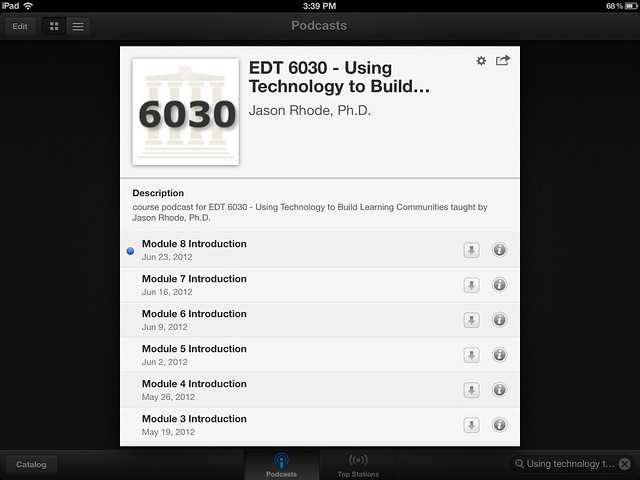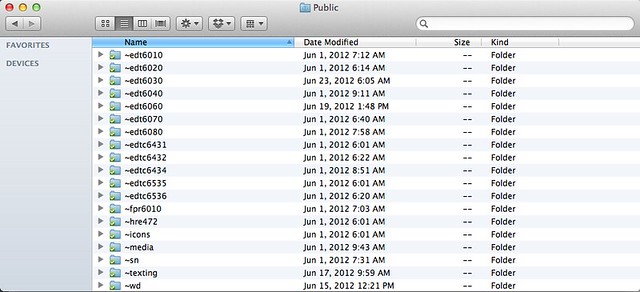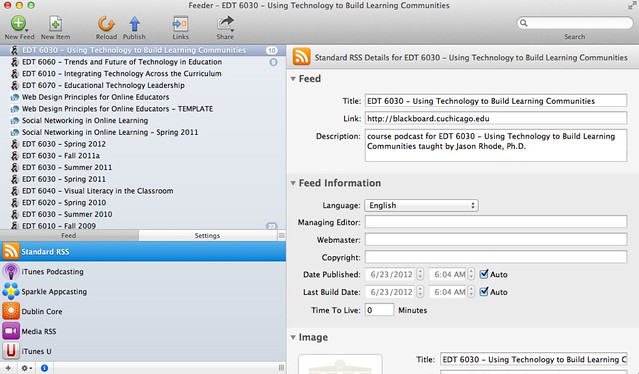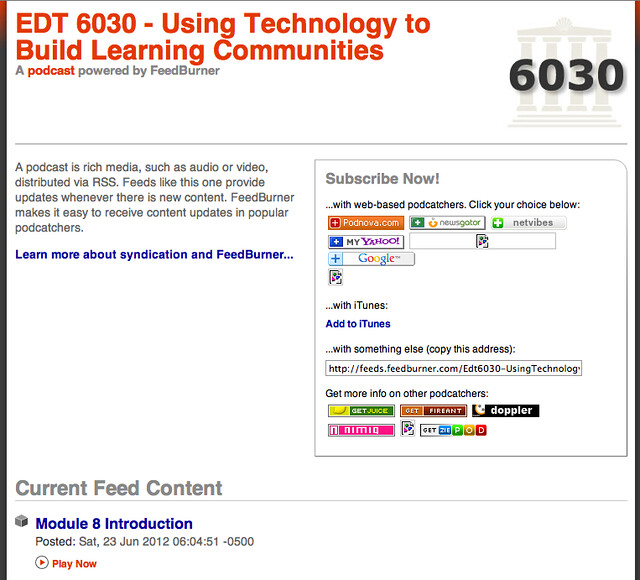Google Voice is a great service for extending the capabilities of your phone, including helpful features for educators such as a single number that rings you anywhere as well as online voicemail transcription in which messages are transcribed and delivered to your inbox.
One of the lesser-known features, Call Widgets, allows you to create an interactive widget and place on a website, allowing visitors to easily call your Google Voice number. Call Widgets can be put on any web page, and allow people to call from that web page. When somebody clicks on the widget, Google Voice calls them and connects them to you. Your number is always kept private. You can create multiple call widgets and have different settings for each of them.
Here’s an example of a Google Voice Call Widget (if you use this widget, you can leave me a voicemail at my Google Voice number)
In this screencast, I share how to create a Google Voice call widget and embed in a learning management system (in this example, I demonstrate embedding in Blackboard, but the steps would be similar for other LMS’s).
Do you use Google Voice in your teaching? Have you tried setting-up a Google Voice call widget? Feel free to leave a comment other Google Voice tips or suggestions you have to share!








